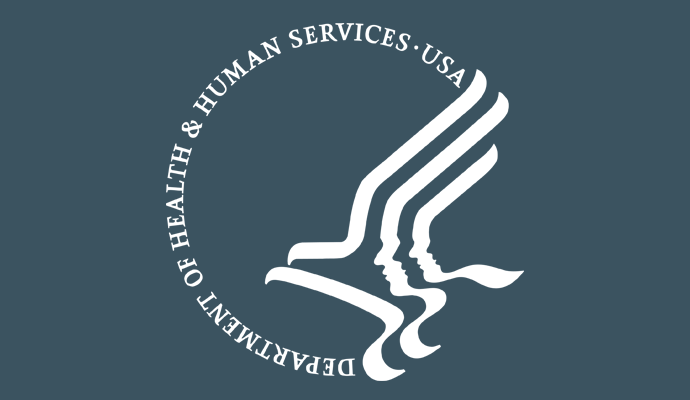HHS Ensures Access to COVID-19 Vaccines for Tribal Health Programs
Tribal health programs and Urban Indian Organizations now have the option to receive doses of a COVID-19 vaccine either through the Indian Health Service or their respective state, HHS stated.

Source: Thinkstock
- HHS recently announced that all tribal health programs and Urban Indian Organizations (UIOs) have chosen their preferred method for receiving a COVID-19 vaccine.
Tribal health programs and UIOs have the option to receive a COVID-19 vaccine either through the Indian Health Service (IHS) or their respective state, HHS explained. Once approved, HHS will allocate a vaccine to jurisdictions who will then distribute to tribal health programs and UIOs.
“By offering Indian health providers a choice in how COVID-19 vaccines are delivered, the Trump Administration will ensure that vaccines are effectively delivered throughout Indian Country in ways that make sense for tribal communities,” HHS Secretary Alex Azar, said in the announcement.
“Tribal nations have been a key part of our planning for the vaccine rollout so that American Indians and Alaska Natives will have equitable access to safe and effective COVID-19 vaccines as soon as they become available,” Azar continued.
Currently, the CDC, IHS states, and tribes are coordinating the distribution of a vaccine for federal sites, tribal health programs, and UIOs. CDC has already developed standard data requirements that all healthcare facilities must meet for COVID-19 vaccine administration.
At the beginning of October, CDC doled out $200 million to 64 jurisdictions for COVID-19 vaccine preparedness.
The funds will help states prepare for a COVID-19 vaccine and provide infrastructure support to grantees through CDC’s immunization cooperative agreement.
And most recently, IHS released the IHS COVID-19 Pandemic Vaccine Plan, which explained how the IHS healthcare system will prepare for and operationalize a vaccine when it becomes readily available.
Additionally, the Plan gives guidance for all tribal health programs and UIOs that choose to receive a COVID-19 vaccine through IHS as well as guidance for IHS federal sites.
Prior to the IHS COVID-19 Pandemic Vaccine Plan, HHS initiated tribal consultation to seek input from tribal leaders and better understand the needs of American Indian and Alaska Native communities.
Additionally, the IHS also initiated a tribal consultation and urban conference in October to seek input from tribal and urban leaders on the plan.
“At the Indian Health Service, we are planning and preparing for COVID-19 vaccine distribution, allocation, and implementation,” said Michael D. Weahkee, IHS director.
“The success of a COVID-19 vaccine program for tribes and urban Indian communities depends on the strong partnership between the federal government, tribes, and urban leaders,” Weahkee continued. “There are system wide planning efforts in place to make sure we’re ready to implement vaccination activities as soon as a Food and Drug Administration authorized or approved vaccine is available.”
Pfizer and Moderna’s individual mRNA COVID-19 vaccines are the most promising in clinical trials, eliciting an over 90 percent efficacy rate as of mid-November.
Once approved, early production of the vaccines will total over three million doses.
Therefore, in September Premier released four recommendations on how the US can implement a successful COVID-19 vaccination program once a vaccine becomes available to the public.
The first recommendation is to prioritize who gets vaccinated first. Although the National Academies of Sciences, Engineering, and Medicine released a discussion draft about a four-phase approach to prioritizing the distribution of the vaccine, Premier highlighted that a formal segmentation of populations has not been approved.
The second recommendation is dynamic allocation based on hotspots and priority populations.
During previous mass vaccinations, the federal government allocated vaccines to each state based on their populations. But taking this approach for COVID-19 could cause shortages in some communities and an unfair supply in others.
Premier’s third recommendation is to consider which individuals would be willing to get vaccinated first and make adjustments based on findings. And the fourth and final recommendation is to display accurate and methodical patient tracking.
